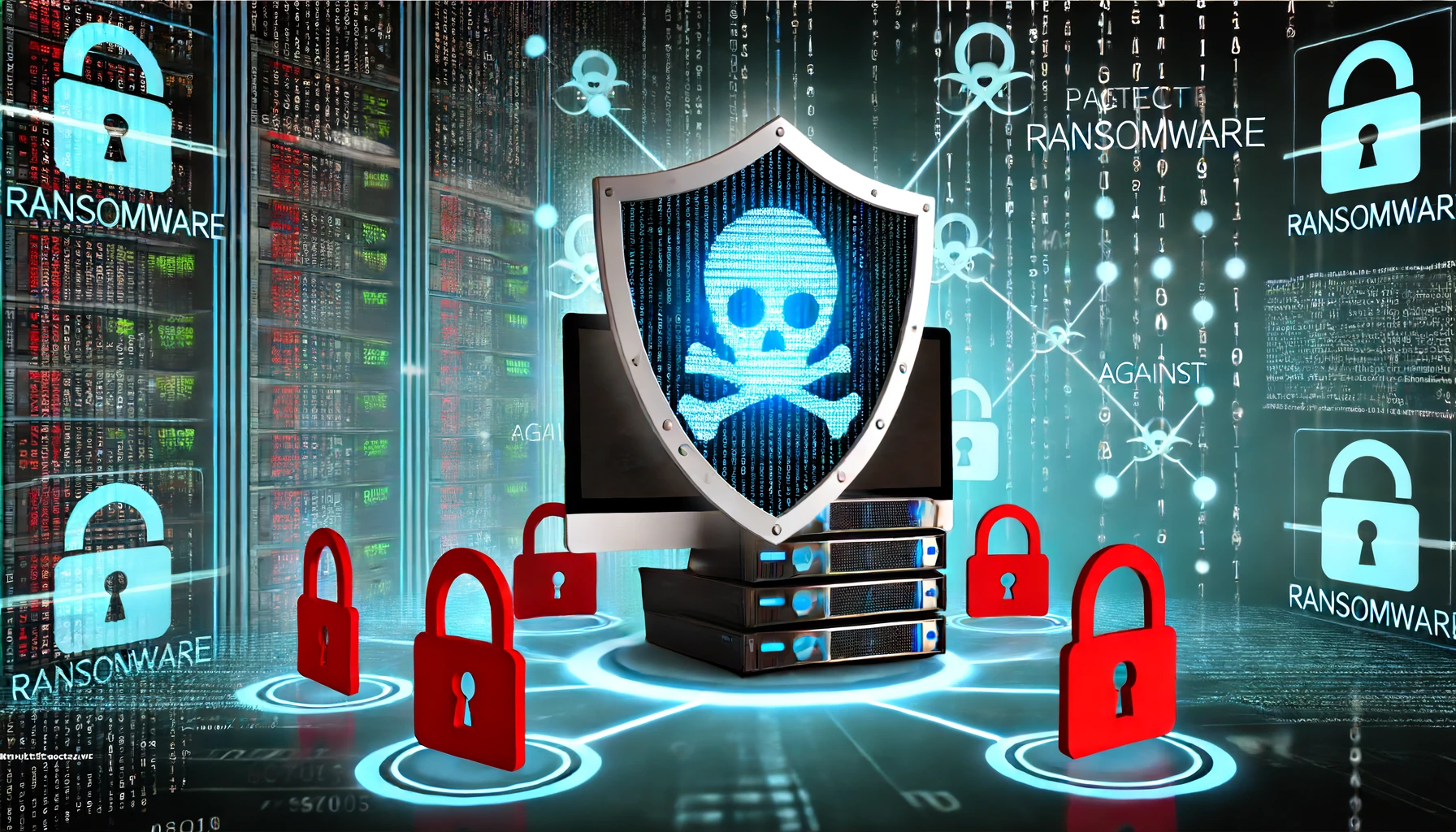Introduction
Ransomware attacks have become a significant threat to businesses and individuals alike. These cyberattacks involve encrypting the victim’s data and demanding a ransom for the decryption key. As ransomware becomes more sophisticated, the question of whether to pay the ransom is increasingly pressing. This article explores the complexities of ransomware negotiations in Canada in 2024, weighing the pros and cons of paying the ransom.
Understanding Ransomware Attacks
Ransomware attacks have evolved from simple malware to sophisticated operations run by organized cybercriminals. These attacks can paralyze critical infrastructure, disrupt business operations, and cause significant financial and reputational damage.
Key Considerations in Ransomware Negotiations
1. Legal Implications
In Canada, paying a ransom is not illegal, but it does raise several legal and ethical concerns. The Canadian Centre for Cyber Security advises against paying ransoms as it encourages further criminal activity. Additionally, paying a ransom does not guarantee the return of data or the cessation of the attack.
2. Ethical Concerns
Paying a ransom funds criminal enterprises, potentially supporting further attacks against other victims. It creates a cycle where cybercriminals are incentivized to continue their activities. Ethical considerations are critical, especially for organizations that have a duty of care to their stakeholders.
3. Financial Impact
The financial impact of paying a ransom can be substantial. Besides the ransom itself, which can range from thousands to millions of dollars, there are additional costs such as system restoration, data recovery, and strengthening cybersecurity measures to prevent future attacks .
4. Data Recovery and Security
Paying the ransom does not guarantee that the data will be decrypted. Studies show that a significant percentage of victims who pay do not recover their data fully or at all. Moreover, paying the ransom may not ensure that the attackers will not strike again, as they now know that the victim is willing to pay.
5. Regulatory and Compliance Issues
Organizations must consider regulatory and compliance requirements. Industries like healthcare and finance are subject to strict regulations regarding data breaches. Paying a ransom may not exempt an organization from reporting the breach and could result in penalties for non-compliance with data protection laws.
Pros and Cons of Paying the Ransom
Pros:
- Quick Resolution: Paying the ransom can lead to a faster resolution, potentially minimizing downtime and operational disruption.
- Data Retrieval: In some cases, paying the ransom is the only way to retrieve encrypted data, especially if there are no viable backups.
Cons:
- No Guarantees: There is no certainty that paying the ransom will result in data recovery.
- Encouraging Criminals: Paying fuels the ransomware business model, encouraging further attacks.
- Financial Cost: The ransom payment, along with associated costs, can be financially crippling.
- Reputation Damage: Public knowledge of paying a ransom can damage an organization’s reputation.
Alternative Strategies
1. Prevention and Preparedness
Investing in robust cybersecurity measures is the best defense against ransomware. This includes regular software updates, employee training, and implementing strong access controls.
2. Data Backups
Regularly backing up data and ensuring backups are stored securely and offline can mitigate the impact of a ransomware attack. In the event of an attack, data can be restored without paying the ransom.
3. Incident Response Plan
Having a well-defined incident response plan ensures a coordinated and efficient response to a ransomware attack. This plan should include communication strategies, roles and responsibilities, and steps for recovery.
4. Cyber Insurance
Cyber insurance can help cover the costs associated with a ransomware attack, including recovery efforts and potential ransom payments. Organizations should carefully review their policies to understand what is covered.
FAQs
What is ransomware? Ransomware is a type of malware that encrypts a victim’s data and demands a ransom for the decryption key.
Is paying the ransom illegal in Canada? Paying a ransom is not illegal in Canada, but it is discouraged by cybersecurity authorities due to ethical and practical concerns.
Can paying the ransom guarantee data recovery? No, there is no guarantee that paying the ransom will result in data recovery. Many victims who pay do not recover their data fully or at all.
What are the alternatives to paying the ransom? Alternatives include investing in robust cybersecurity measures, maintaining regular data backups, having an incident response plan, and obtaining cyber insurance.
What are the ethical implications of paying a ransom? Paying a ransom funds criminal activities and encourages further attacks, raising significant ethical concerns.
How can organizations prepare for a ransomware attack? Organizations can prepare by implementing strong cybersecurity practices, conducting regular backups, developing an incident response plan, and considering cyber insurance.
Conclusion
Deciding whether to pay a ransom during a ransomware attack is complex and multifaceted. While paying might offer a quick fix, it comes with no guarantees and significant ethical and financial implications. Organizations in Canada must weigh these factors carefully and prioritize preventative measures to safeguard against such attacks. By investing in robust cybersecurity practices and preparing for potential incidents, businesses can better protect themselves in the evolving landscape of cyber threats in 2024.
